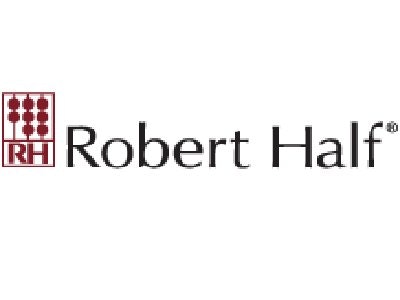The Business & Professional Services space has lately outperformed the market as a whole with more than 20% upside since the start of the year as compared to the S&P 500 being up 15%. However, Robert Half International Inc. (NYSE:RHI), with only 6% upside to its name, has been a disappointment for its investors.
What went wrong with the company? Should that mean a bearish outlook on this staff provider company? Let’s have a look.
Investment thesis

How will the capital appreciation come about?
A moderate U.S. recovery is a reasonably constructive backdrop for the domestic staffing industry, as economic and political uncertainty is leading companies to show a preference for temporary labor (as is illustrated by strong U.S. temporary employment growth of 7.7% versus 1.6% for total non-farm payrolls in April). Robert Half International Inc. (NYSE:RHI) has ~75% of its sales in the U.S., and thus, benefits more from this trend than its large competitors which are generally more exposed to the weak European markets.
In addition to a good geographic mix, Robert Half International Inc. (NYSE:RHI)’s focus on professional staffing is also beneficial. The professional labor market is fairly strong, with a 3.9% unemployment rate for college-educated workers, (which is well below the national average of 7.5%). And, Robert Half’s focus on small and mid-sized clients is positive as it gets better pricing and sticky relationships as these customers treat Robert Half as an outsourced hiring department.
What happened in 1Q13?
In 1Q13, Robert Half International Inc. (NYSE:RHI)’s international operations weakened considerably and the U.S. saw deceleration. U.S. economic deceleration and very difficult comparisons were the primary culprits. The good news is that comparisons will ease significantly in the current quarter for the International operations and in 2H13 for the U.S. Growth rates are expected to bottom in 2Q before improving nicely in 2H13 and 2014 as U.S. employment growth continues and comparisons ease.
Two additional positives
In addition to fundamental growth, two additional positives that should help the stock over time: 1) Robert Half International Inc. (NYSE:RHI) has ~$224 million of net cash. The company is expected to continue its consistent pattern of share repurchases and boost its EPS over time (if it maintains the 2011-12 pace in 2013-14, it would boost 2014 EPS by ~$0.05); and 2) continued improvement in the Protiviti margins would be additive to estimates since expectations are fairly low for this segment.
If Protiviti achieves temporary segment margin by 2015, it would add 5% to the consensus EPS estimates. (For those who don’t know, Protiviti is a subsidiary of Robert Half International Inc. (NYSE:RHI), through which the company provides risk and business consulting services).
Is Robert Half the only investment that disappointed investors?
Certainly not. Robert Half’s performance has been much better than that of Iron Mountain Incorporated (NYSE:IRM), the record management company which is down 5% since the start of the year. The stock had a stellar performance up until June 6, when Internal Revenue Service raised a yellow flag delaying the efforts of three firms, including Iron Mountain, racing to convert to real estate investment trusts (REIT).
Up till June 6, Iron Mountain Incorporated (NYSE:IRM) was up 12% as the market continued to price in the good news of the company converting into a REIT. For those who don’t know, many businesses are converting to REITs as they are subject to lower taxes and pay higher dividends than other companies.
IRS is likely to approve its pending ruling on a REIT conversion for the company. It is interesting to note that Barclays gave a price target of mid-$40s or higher in a successful conversion, and downside to $29 if no conversion occurs. Given that the stock is currently trading at $29, the worst case has already been incorporated in the stock.
Which other companies were affected?
Following reactions were seen in the next trading session after Iron Mountain Incorporated (NYSE:IRM) filed its 8-K regarding issues with REIT conversion:

Meanwhile, over at Equinix Inc (NASDAQ:EQIX), the data center operator filed an 8-K the next morning that states the same thing as Iron Mountain Incorporated (NYSE:IRM). However, it included this qualifier which gets right to the heart of its specific case: “Equinix continues to believe, based on both existing legal precedent and the fact that other data center companies currently operate as REITs, that its data center assets constitute real estate for REIT purposes.”




